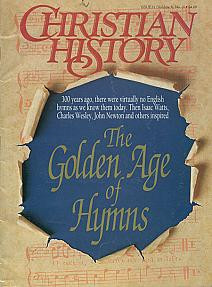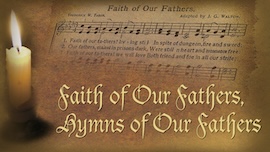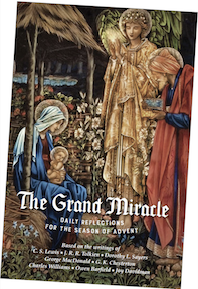Samuel F. Smith, Patriotic hymnwriter, Died Suddenly
ON THIS DAY, 16 November 1895, Samuel Francis Smith was about to board a train to Boston to fulfill a preaching assignment. Suddenly he gasped, threw up his hands, and collapsed dead. Obituaries appeared in newspapers all across the United States, for the Baptist preacher was highly regarded as the author of one of America’s best-known patriotic songs: “America..” Its last stanza was perhaps its best:
Our fathers’ God, to Thee, Author of liberty,
To Thee we sing.
Long may our land be bright
With freedom’s holy light;
Protect us by thy might,
Great God our king.
Born in Boston, Massachusetts in 1808, he studied at a Latin school, then at Harvard, and finally at Andover before becoming a Baptist pastor. He especially loved the study of languages and learned fifteen over the course of his life. Between 1834 and 1841 he was simultaneously pastor of the First Baptist Church in Waterville and professor of languages at its college.
It was his knowledge of languages which led him to write his famous hymn. In 1831 hymn writer Lowell Mason was given copies of some German hymns and music and, unable to read the words, asked Smith to look them over and translate any that had merit, or write new words for the German tunes.
Looking these over “on a dismal day” the following February, Smith saw a tune that looked easy for children to sing. The German words were patriotic. “I was instantly inspired to write a patriotic hymn of my own,” he said later. He had been writing verse since the age of eight, and it took him only about half an hour to dash off the famous lines. Although he did not know it at the time, the tune was the same as that to which the British sing “God Save the Queen.” He would be criticized for using it. But evidently Lowell Mason wasn’t bothered. He surprised Smith by playing “America” that fourth of July.
Smith was editor of The Christian Review and of Baptist missionary publications, as well as books of hymns and psalms. He also edited a history of Newton, Massachusetts, where he was a pastor for many years and where he still resided at the time of his death. He later wrote a life of Joseph Grafton, one of his predecessors in the Newton church. Twice he toured mission fields in behalf of his denomination.
In April of 1895, seventh months before his sudden death, a testimonial committee honored him with a fundraiser for his hymn.
—Dan Graves
----------------
Samuel Francis Smith lived in the era of Christian History #31, The Golden Age of Hymns
For a memorable collection of hymns, watch Faith of Our Fathers, Hymns of Our Fathers.
(Faith of Our Fathers, Hymns of Our Fathers can be purchased at Vision Video)
Contemplate the story of the Incarnation day-by-day throughout the season of Advent in our latest publication, The Grand Miracle. Based on the writings of C. S. Lewis, J.R.R. Tolkien, George MacDonald, Dorothy Sayers, and others, each day’s reading offers a fresh look at the birth of Christ through the eyes of a modern author. Scripture, prayer, and full-page contemplative images complete each entry. 28 days, 64 pages. Preview the Devotional here.








